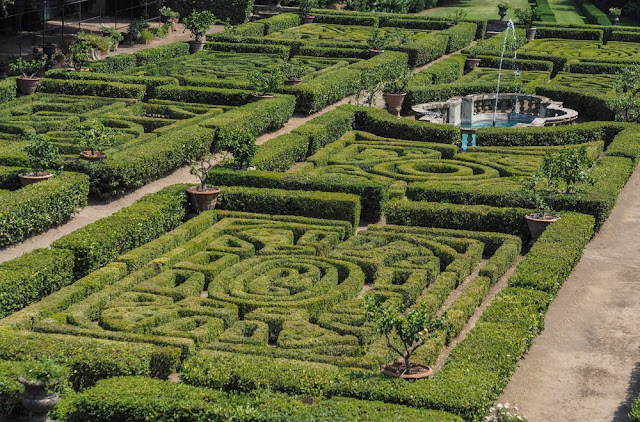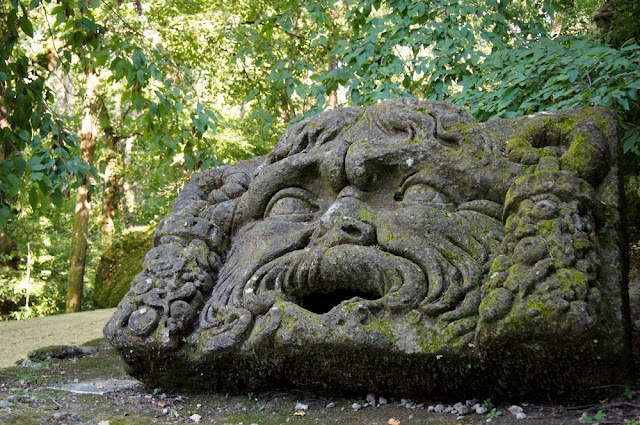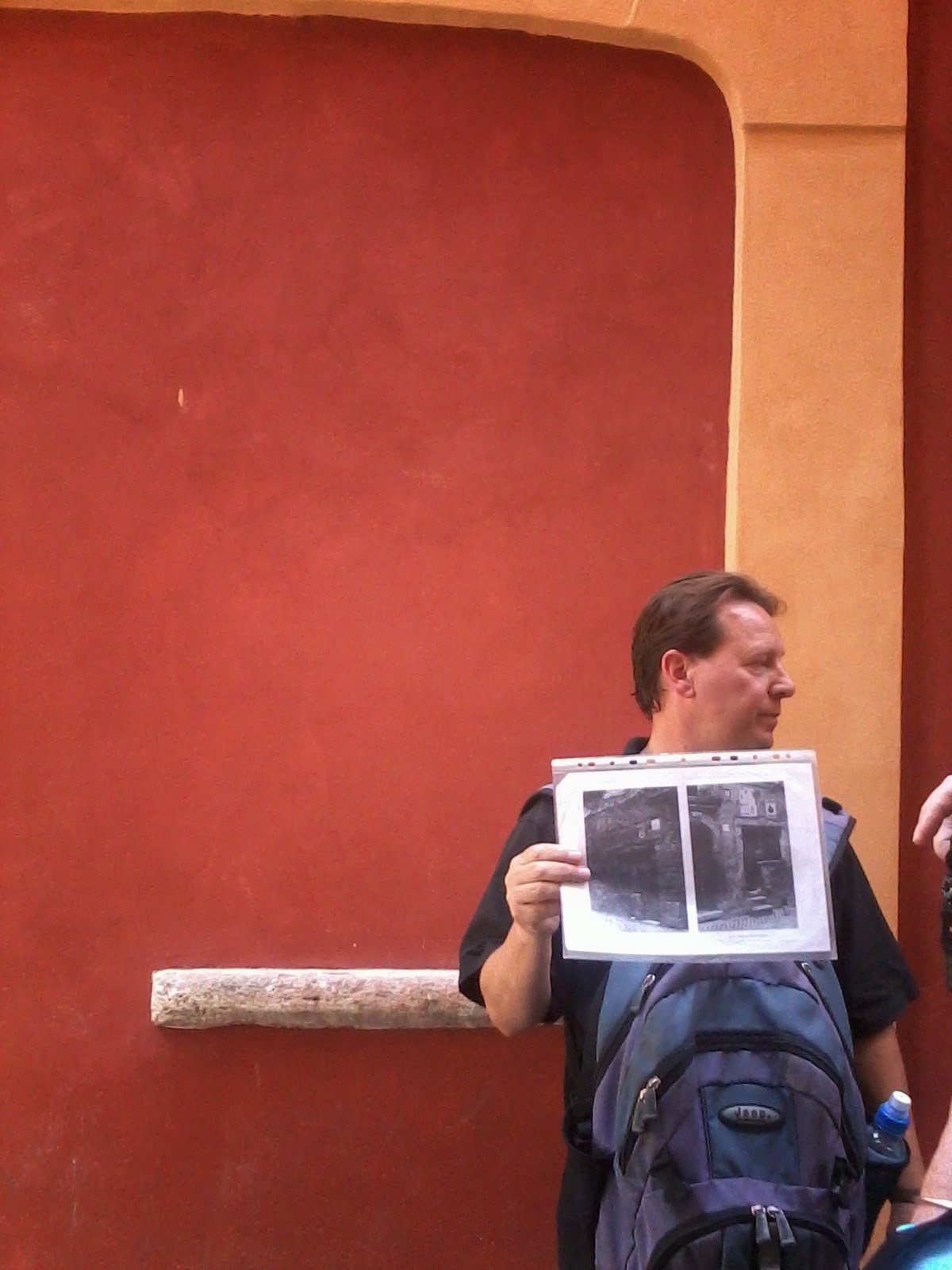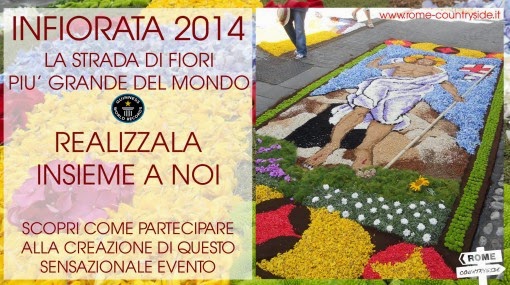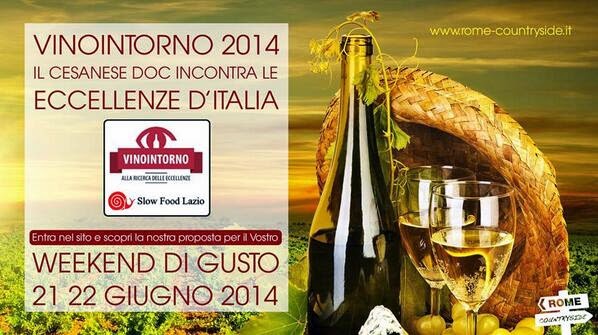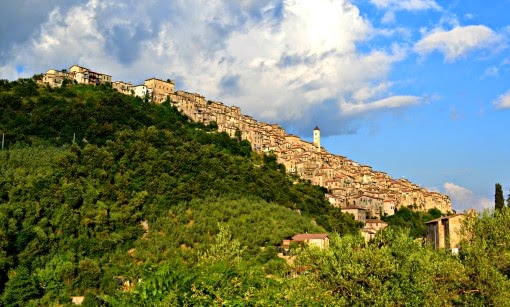There's so much more to Lazio than Rome. Rich in history and culture, there's always something more to see. In this guest post, Michiel, the founder and editor of Minor Sights (see below), takes us through four renaissance gardens nestled in the picturesque hills of Tuscia, northern Lazio.
Northern Lazio tends to be neglected by visitors rushing from the famous sights of Rome to the equally famous attractions of Tuscany. Which is a shame.
For centuries this area was part of the Papal States, back when the Popes wielded enormous temporal as well as spiritual power. Northern Lazio was at its core, providing cheap labour and cardinals in equal measure, ruled over by a small number of powerful families who took their turn wearing the Papal crown and cardinals’ red hats.
Of course, these aristocrats did what aristocrats around the world have always done: they taxed the poor, plundered the land, and used the spoils to compete amongst themselves in terms of who could build the most sumptuous palace (a tradition that sadly, seems to have been lost by contemporary looters).
The Renaissance was a particularly productive period for these families. With the Black Death behind them, and a new influx of ideas (sprouting from Florence), money, and the desire to approach things in a more inventive yet rational way. And that included gardening.
Gardening, I hear you think? Yes, gardening.
For centuries this area was part of the Papal States, back when the Popes wielded enormous temporal as well as spiritual power. Northern Lazio was at its core, providing cheap labour and cardinals in equal measure, ruled over by a small number of powerful families who took their turn wearing the Papal crown and cardinals’ red hats.
Of course, these aristocrats did what aristocrats around the world have always done: they taxed the poor, plundered the land, and used the spoils to compete amongst themselves in terms of who could build the most sumptuous palace (a tradition that sadly, seems to have been lost by contemporary looters).
The Renaissance was a particularly productive period for these families. With the Black Death behind them, and a new influx of ideas (sprouting from Florence), money, and the desire to approach things in a more inventive yet rational way. And that included gardening.
Gardening, I hear you think? Yes, gardening.
Much like Ancient Rome and Greece inspired Renaissance painting and architecture, classical ideals of order and beauty inspired horticulture. As a result, gardens became larger, grander, more symmetrical, with the intent to both delight owners and impress aristocratic neighbours.
The giardino all’italiano influenced gardens throughout Europe, including the French and English gardening styles.
The Villa d’Este at Tivoli near Rome is a famous example, attracting plenty of day-tripping hordes. But I want to draw your attention to four magnificent gardens that see far fewer visitors, and which I would classify as ‘Minor Sights’. Not because they are inferior, but because mass tourism’s ‘winner takes it all’ approach means that they are mostly overlooked. Which makes them even more attractive to me, as you can enjoy these places in peace and quiet (until the day this article goes viral of course.)
Villa Lante at Bagnaia: the wet one
While initial Renaissance gardens were very much about symmetry, form and harmony, things started getting a little out of hand during the period referred to as Mannerism. It was no longer enough to be harmonious. Mannerism was about surprise and caprice. The garden’s owner, a cardinal called Gianfranceso Gambara (whose symbol, an oversized shrimp (gambas- get it?) can be seen throughout the garden) decided to use water for playful, surprising effects.
The garden deployed the height of hydraulic technology, which was used to create multiple giochi d'acqua, water ‘games’, like fountains, jets, canals, etc.
Click here to read more about Villa Lante on the Minor Sights website.
Castello Ruspoli in Vignanello: the family one
The Ruspoli Castle and garden is the only one of these gardens that is still owned and managed by the same family. It’s one of the finest examples of Italian Renaissance gardening, with an extensive main garden that features the initials of its creators as well as other family members, and a secret garden just out of sight.
This is simply one of the most stunning gardens you will find in Italy- even more so because there are no coach loads of tourists. The family opens the castle and garden every Sunday, and you will need to contact them to make an appointment. You may even get a personal tour by the princess!
For more information about visiting Castello Ruspoli, click here.
Parco dei Mostri in Bomarzo: the crazy one
The Parco dei Mostri (Monster Park) also known as the Sacro Bosco, takes the cake when it comes to Mannerist absurdity.
Created by Vicino Orsini (father of Ottavia, who started the Ruspoli garden mentioned above) it was intended to astonish and impress. Orsini went a little loco after his wife died and dedicated this garden to her- a collection of monstrosities, absurdities and a haunted house. Some people have likened it to a Renaissance Disneyland, although every statue is rich in symbolism and mythology beyond what Walt could ever muster.
Kids will delight in the Monster Park. For more information, check out this post on Minor Sights, or this one on Lazioexplorer).
Palazzo Farnese in Caprarola: the neglected one
This garden is only neglected because it is outshone by the stupendous art inside the Palazzo, a palace so rich in decoration and art that it could give anything in Rome a run for its money. (LazioExplorer- it wasn’t neglected by us, we had our wedding photos there!)
But while most people come for the Palace, the garden is equally delightful, small and intimate with a refreshingly cool water grotto in the back. Most visitors only see the small public garden but there is actually a large secret garden whose visiting hours are restricted- but there are daily visits in summer.
For more on Palazzo Farnese and its gardens, go here.
Visiting the gardens
These four gardens are all close to each other. It would be possible to overdose on gardens by trying to string them altogether into one long day of hardcore greenery gazing as a day trip from Rome.
Alternatively, base yourself in one of the many wonderful small towns in the region, and string them out over two or three days. Public transport exists, but you’ll find a car immensely useful in visiting these out-of-the-way places.
The towns of Bomarzo, Vignanello, Bagnaia and Caprarola are each about 1 or 1 ½ hour by car from Rome’s ringroad, the GRA. Travel between each of the towns takes 20-30 minutes by car.
 About the author
About the author
Michiel is the founder and editor of Minor Sights, a website dedicated to fascinating places that are barely mentioned in guidebooks. He divides his time between Paris and Northern Lazio.
Find Minor Sights here: http://www.minorsights.com
Twitter: https://twitter.com/MinorSights
Facebook: https://www.facebook.com/MinorSights


